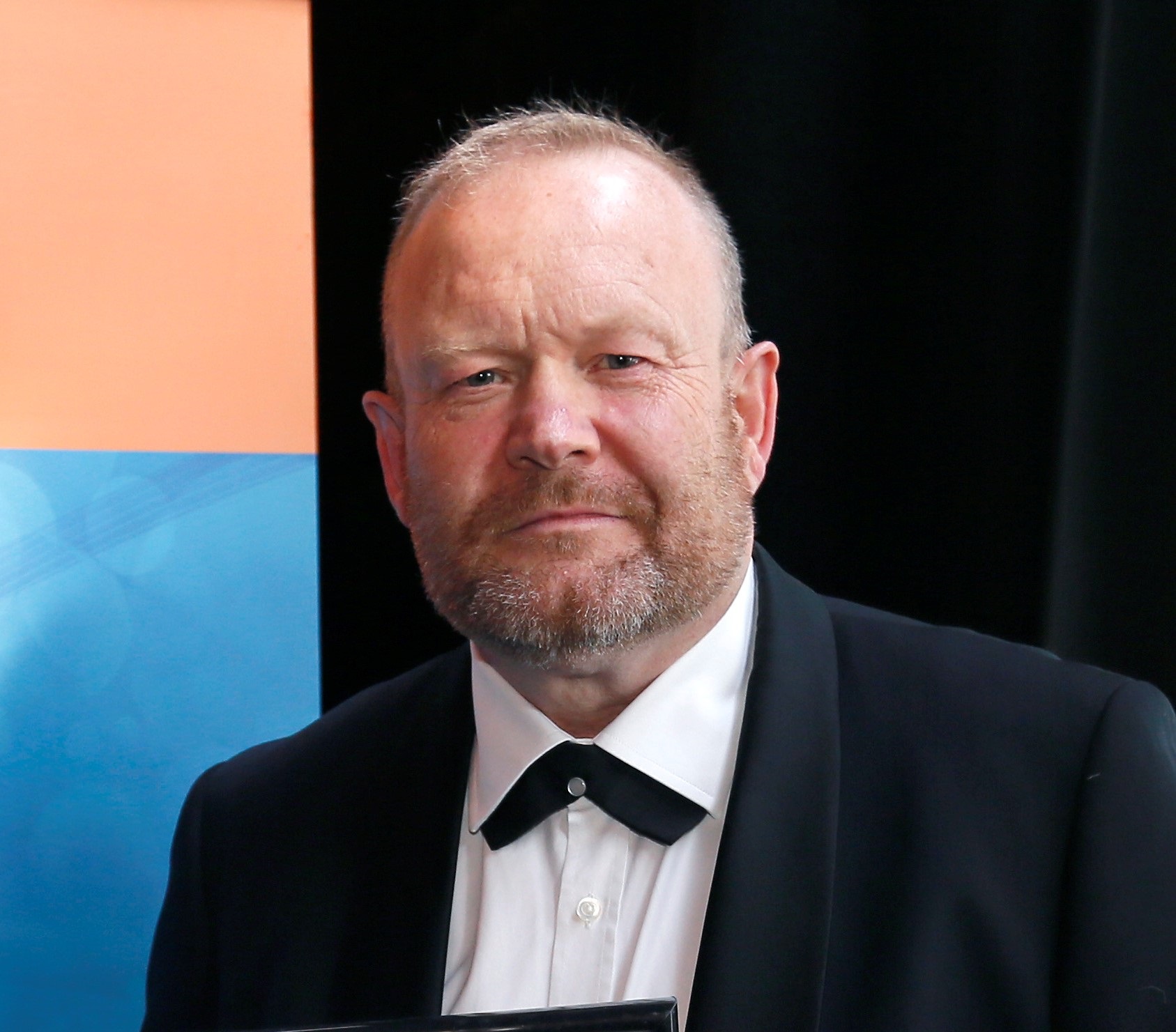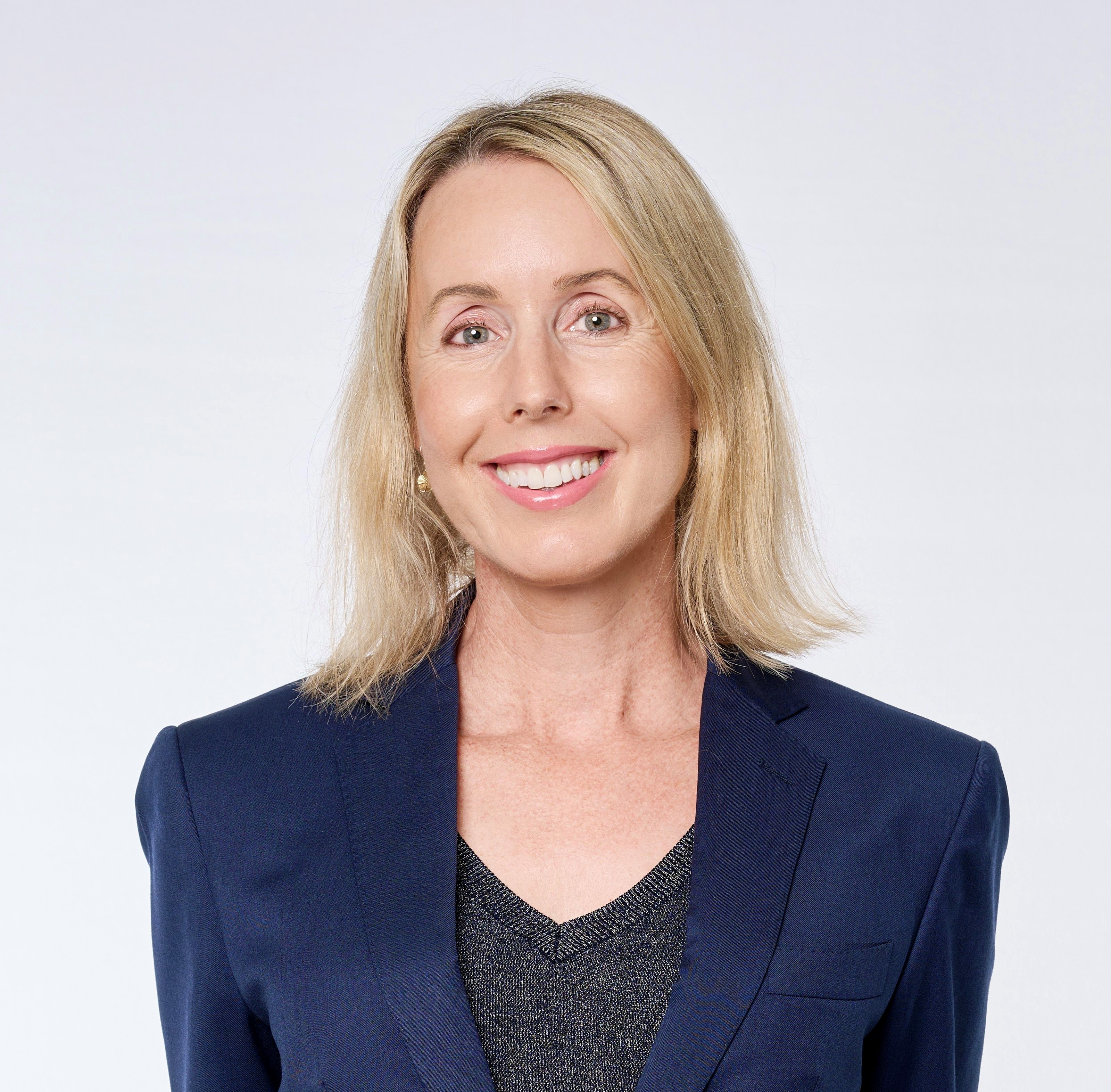
Simon Bradwell goes out of his way to employ people unlike himself.
It’s a strategy that has not only won the managing director of engineering firm ebm-papst A&NZ a swag of workplace diversity and inclusivity awards but has created an environment where employees quite simply don’t want to leave.
And with such diversity sparking creativity, it’s the only way forward in the changing world of engineering, Dr Bradwell, pictured, said.
“We lose probably one person every two years,” he said.
“People enjoy working here. With respect to diversity and inclusivity, we’re the only organisation in our industry that has a near 50% female leadership team.
“We’re five in the leadership team, we’re three men and two women. There’s nobody in our industry that’s anything like what we are, in that respect.
“In addition to that, our most significant operational and engineering roles are filled by women. Our chief engineer is female, our operations manager is female, and our head of R&D is female.”
Attending a boys-only boarding school back home in England, working in a series of male-dominated engineering firms and living on four continents have all inspired Dr Bradwell to foster inclusivity and embrace diversity.
“Having any single gender dominance in an organisation is dreadful,” Dr Bradwell said.
“It drives a lack of respect and non-adult behavior. That blokey BS gets right up my nose, but catty behavior also gets up my nose. That’s why I struggle to understand why the gender diversity in our organisation remains so peculiar to others.
“Why is not every business 50-50? Why on earth would you disregard 50% of the population? That makes no business sense.
“Men and women are different and that’s really important in the workplace. I don’t know all the answers. We need as many diverse opinions as we can possibly get.”
So, why are the wheels of change turning so slowly within engineering?
“We’re a low-risk industry,” Dr Bradwell said.
“We’re very much an industry that’s ‘I like what I know, and I know what I like’.”
However, it’s an attitude that has dire consequences, Dr Bradwell said.
“The issue that we’re facing as an engineering industry is net zero by 2050. That’s THE next technology mega trend. And a big swathe of that is going to land in the laps of engineers.
“This is a huge opportunity for engineers to be creative. And, frankly, if we are doing ‘I know what I like, and I like what I know’, then we are not being creative. We will just get steamrollered.
“The world of engineering is changing and if we don’t change our mindset and bring more people into the thought pond, then we’re in trouble. I see it now with my customers.
“If we’re not sharp and thinking and looking for the opportunity, then forget it. The only way to be competitive locally is to have that local understanding and local creativity and we need diversity to do that.”
It’s that award-winning diversity and the shared vision of the 35-strong ebm-papst A&NZ team that has contributed to the firm’s success in achieving impressive energy-efficiency goals.
A wholly-owned subsidiary of a German business, ebm-papst A&NZ achieves a turnover of $35million a year supplying air-movement systems such as fans and motors for the building services industry.
“We’ve just done our net-zero strategy and locally we have four times the abatement with respect to our carbon creation,” Dr Bradwell said.
“We take the equivalent of 95,000 cars off the road every year with the engineering work that we do. I’m pretty chuffed with that.”
With most ebm-papst A&NZ employees having worked their way up in the organisation from junior positions, dedication to the value of energy efficiency is shared – and strong.
“Everybody inside the organisation has grown through the organisation,” Dr Bradwell said.
“Kirsten, who’s our operations manager, joined us in 2003. She was the receptionist.
“She now runs all of the warehouses and all of production. She pretty much runs the whole guts of the business, to be honest.
“We’ve got 12 different cultural heritages and employees ranging in age from 23-75.
“A real breadth of ages, gender and cultural heritages. Cultural differences, cultural backgrounds have different approaches and that’s always good.
“I’ve lived all around the world, from Africa to Shanghai to London to here. I’m used to seeing lots of different people in different circumstances. I find it easier not to be challenged by that tendency to employ someone like myself.
“My philosophy has always been to grow people through the business. This enables us to grow the best talent, irrespective of race/gender etc.
“This is also a strategy that avoids the ‘employ people like me’ syndrome, as we tend to employ people at the start of their career.
“It’s very rare that I would bring anyone in from the outside at a level that’s not junior. People tend to stay and grow. I grew a balance in the leadership team deliberately and mainly because I deliberately try to employ people who are not like me.
“I try to ensure we have a safe working place. People behave like adults, enabling us to focus on what we do as engineers, which is increasing carbon abatement and we enjoy doing it.
“It’s a great environment. It’s a great goal to work for. As long as we don’t have immature BS within the organisation, then everybody’s fine.”
ebm-papst A&NZ has been a member of the Australian Industry Group for 25 years.
“We always get good, sane, pragmatic advice from the Australian Industry Group. Ai Group also manages some of the industry associations we belong to, which is a superb service. We always enjoy getting economics updates, energy reports and statistics.” — ebm-papst A&NZ managing director Simon Bradwell

Wendy Larter is Communications Manager at the Australian Industry Group. She has more than 20 years’ experience as a reporter, features writer, contributor and sub-editor for newspapers and magazines including The Courier-Mail in Brisbane and Metro, the News of the World, The Times and Elle in the UK.